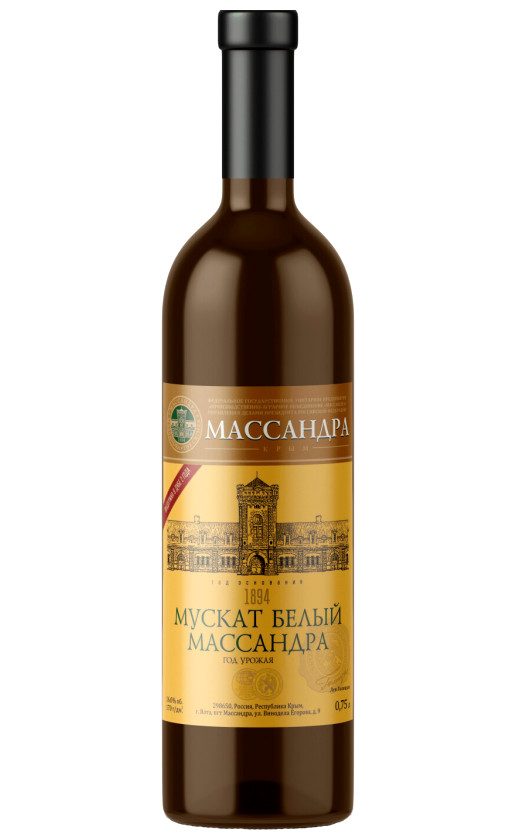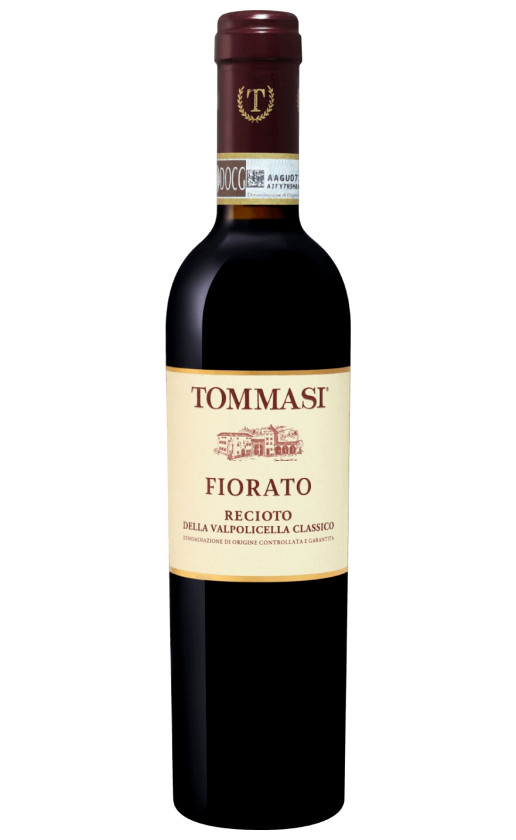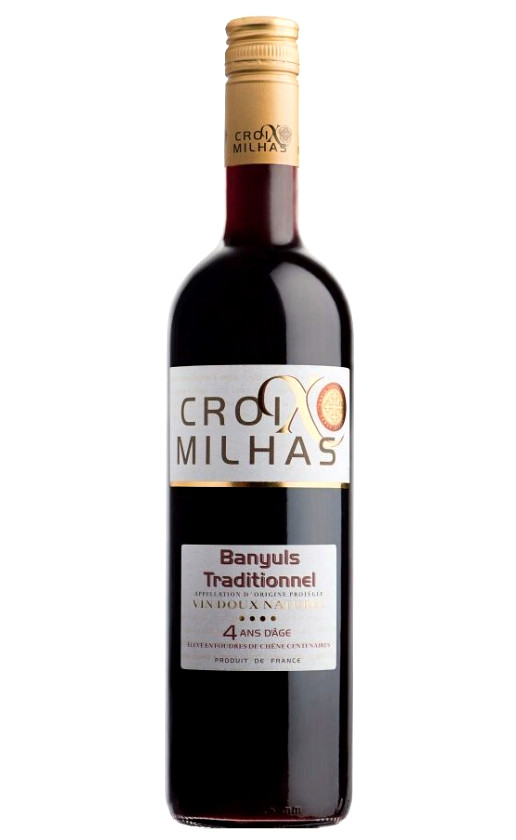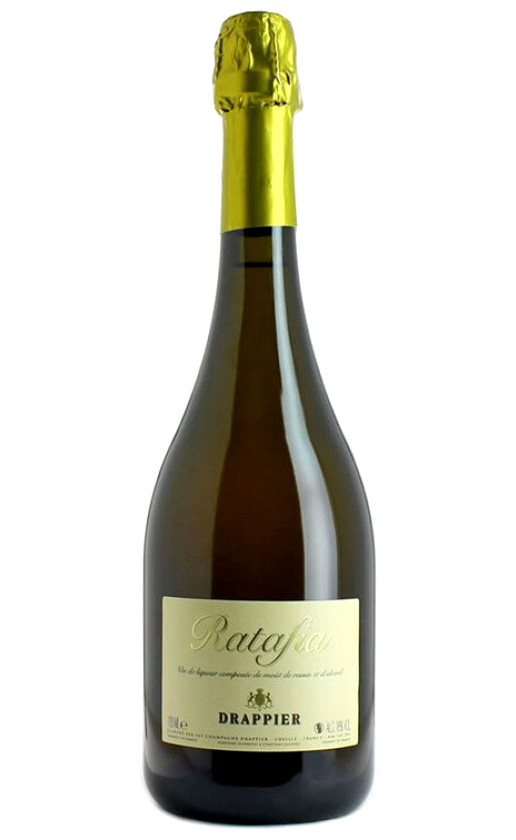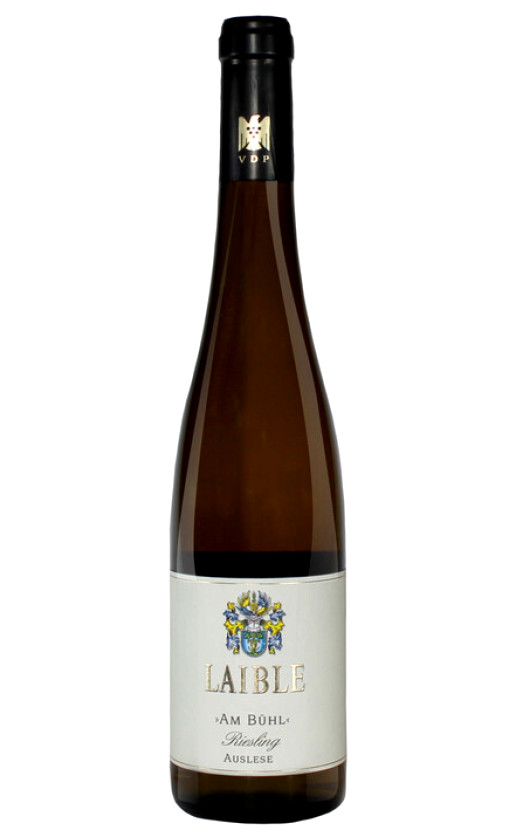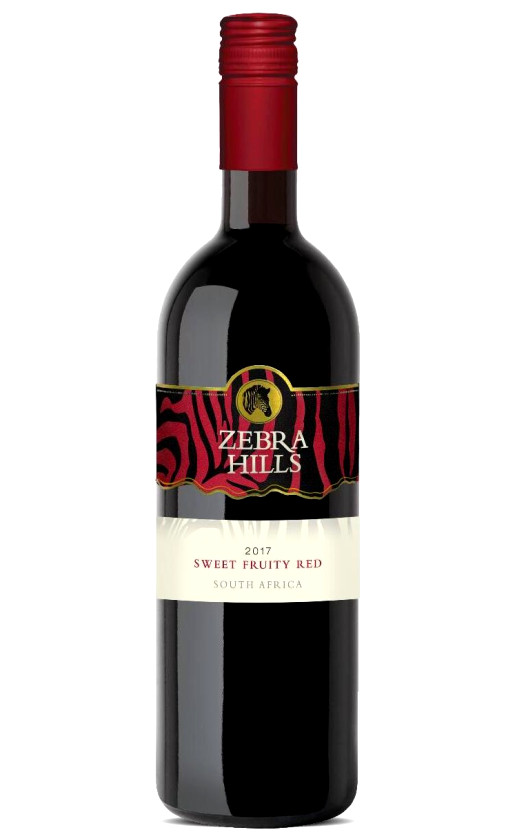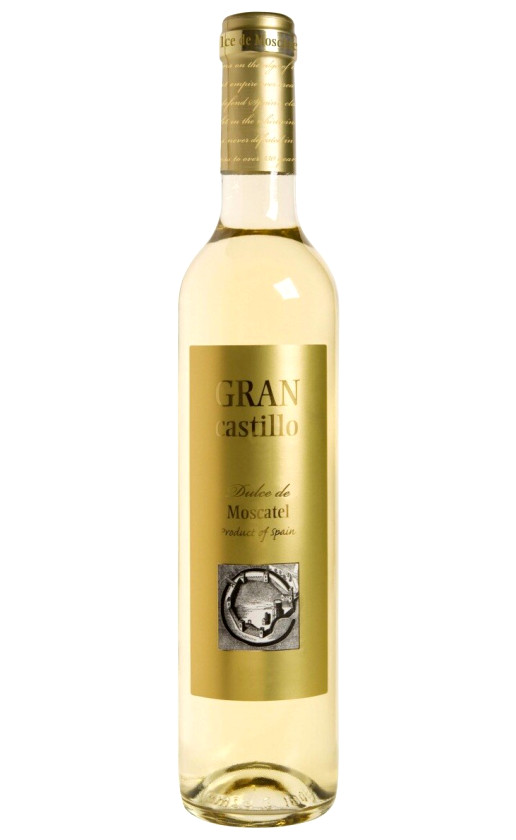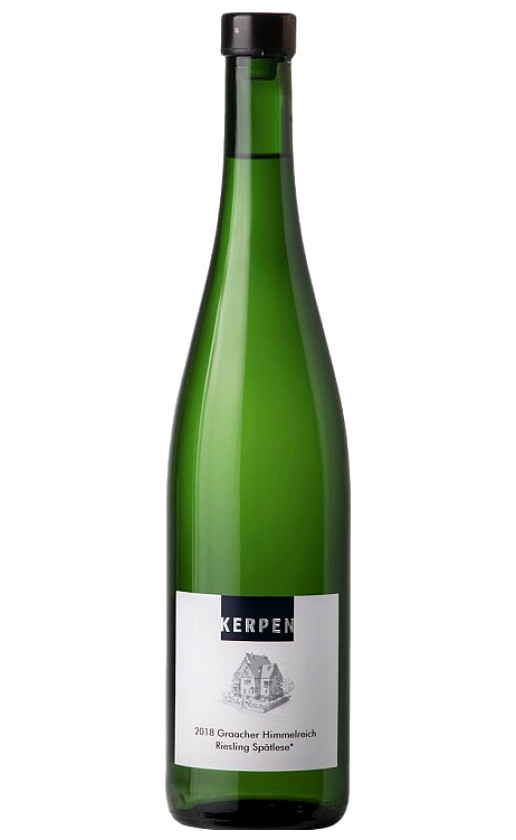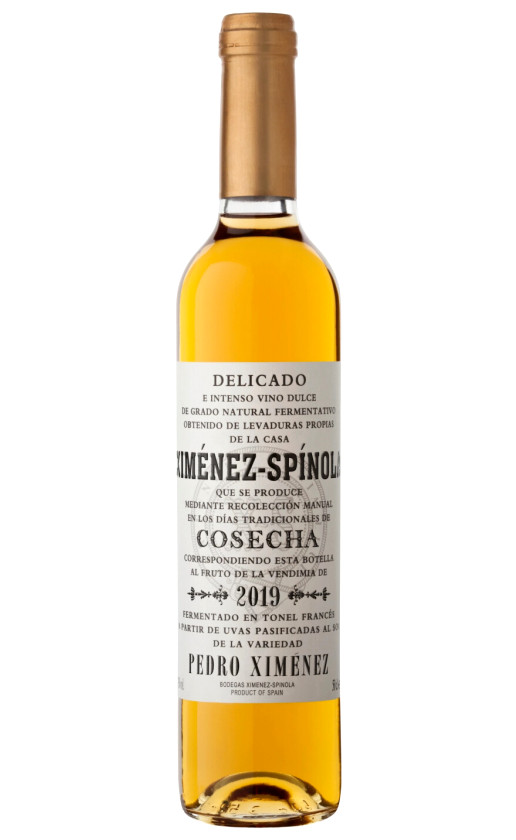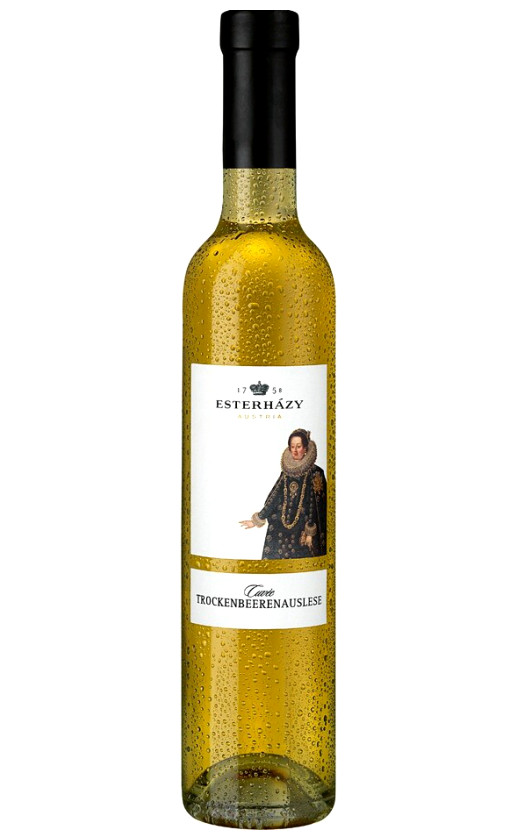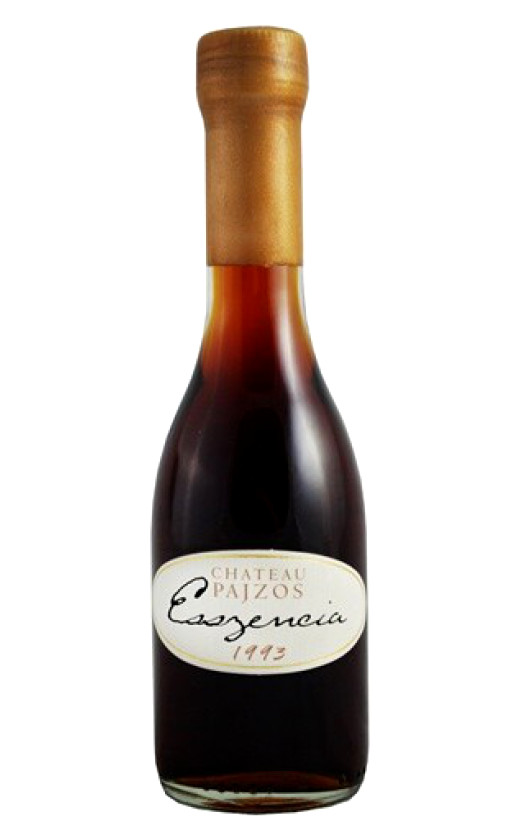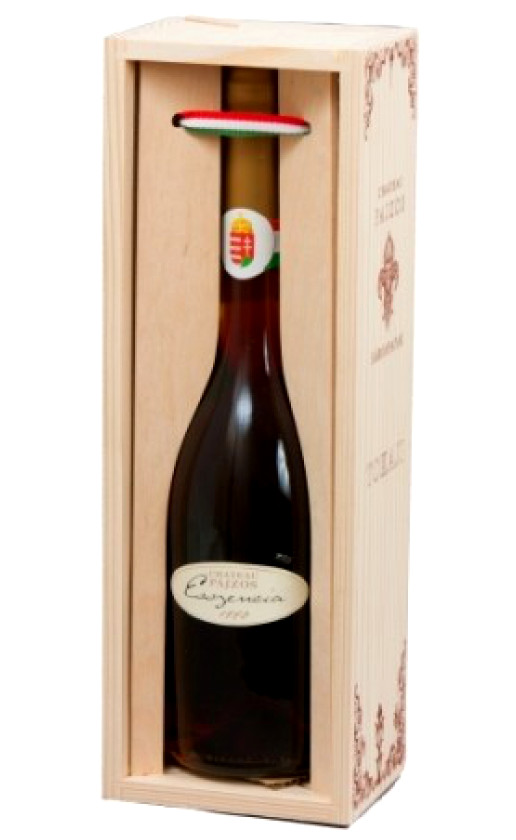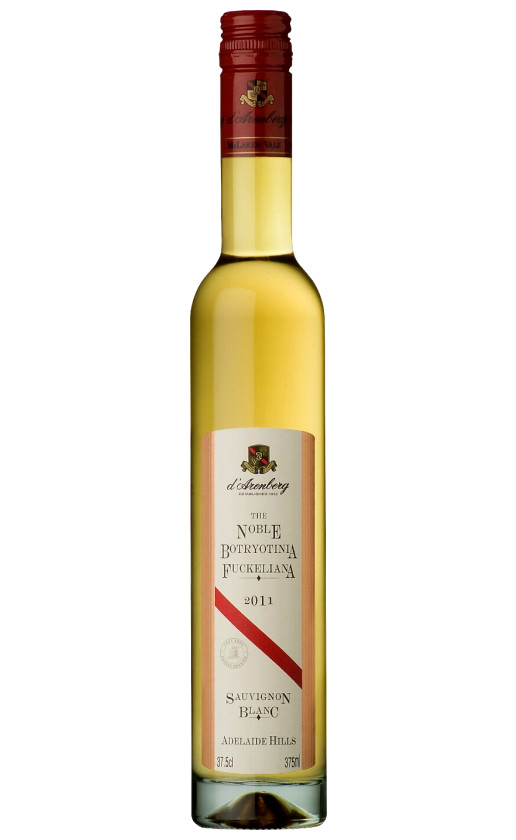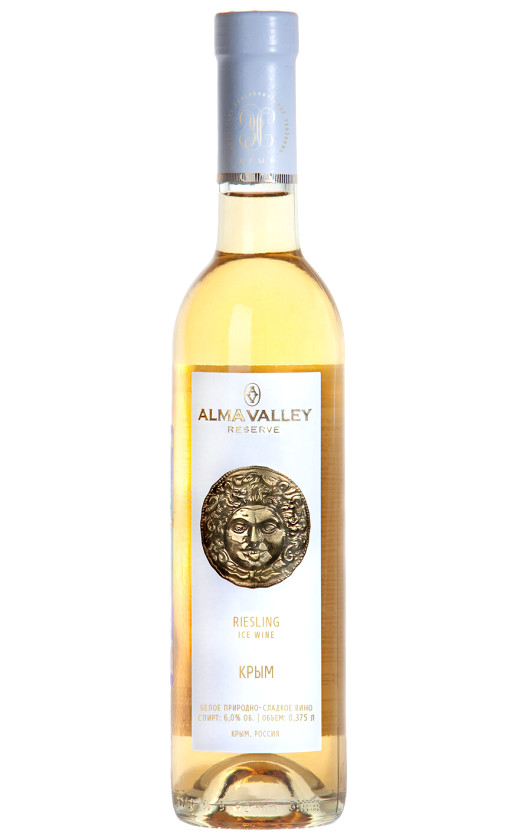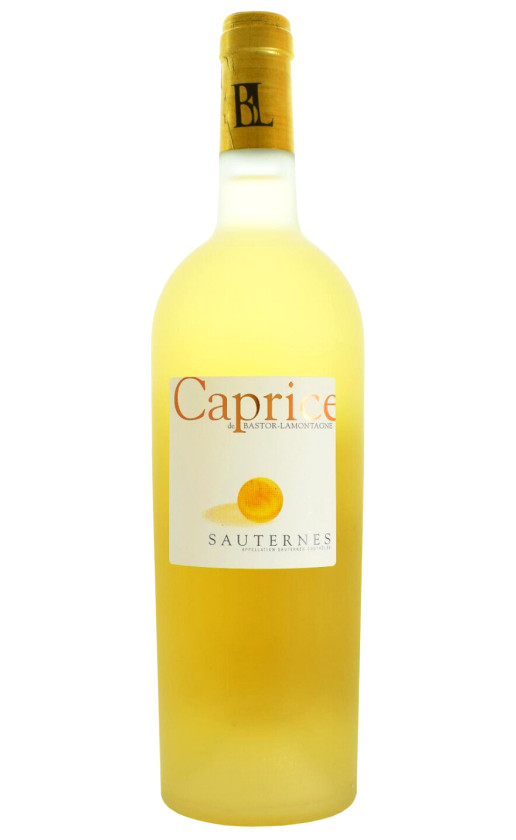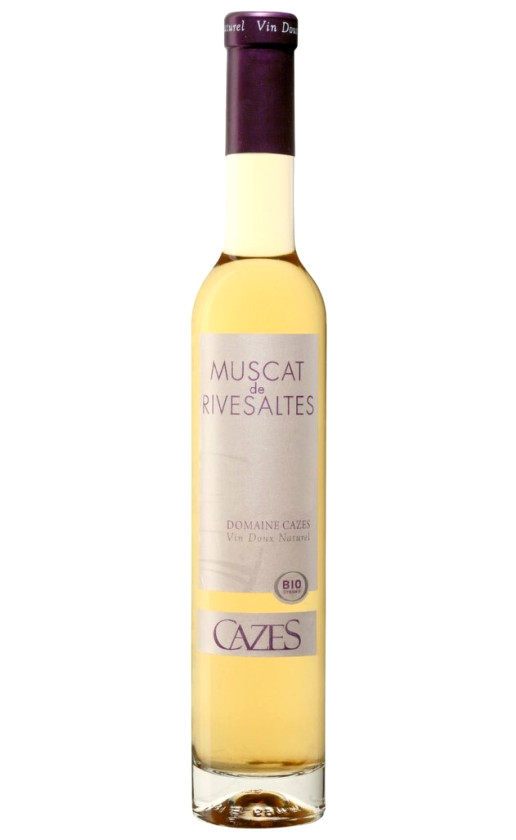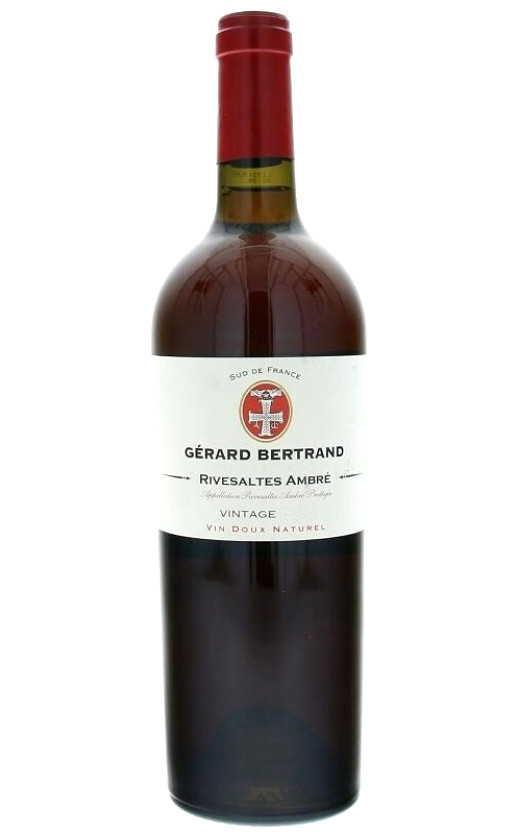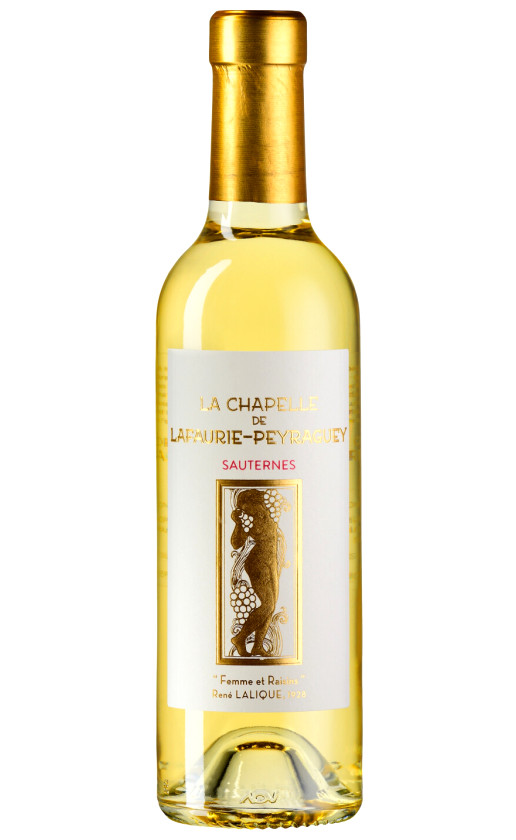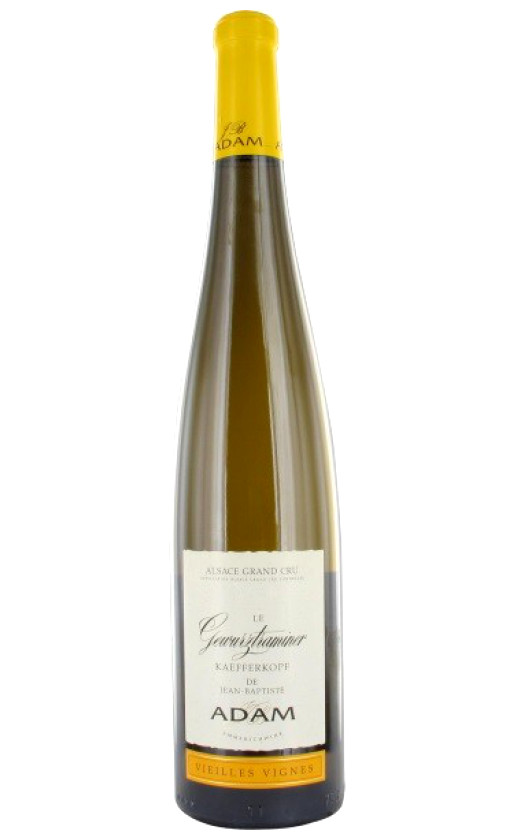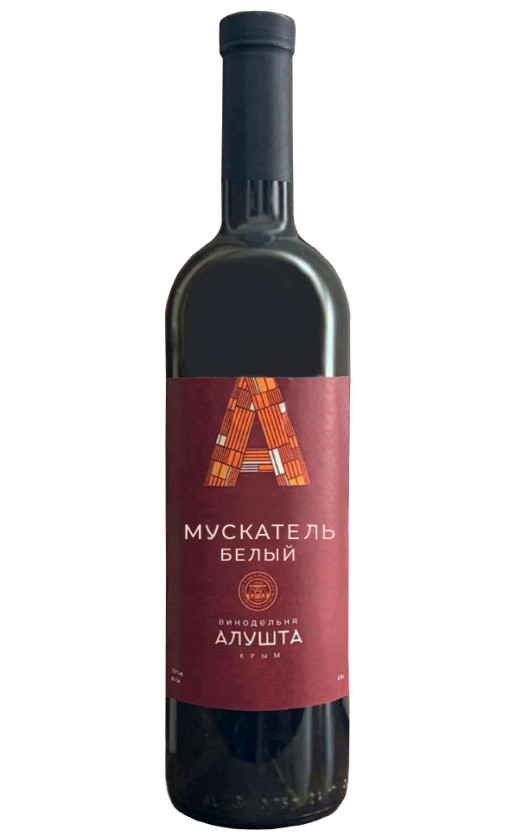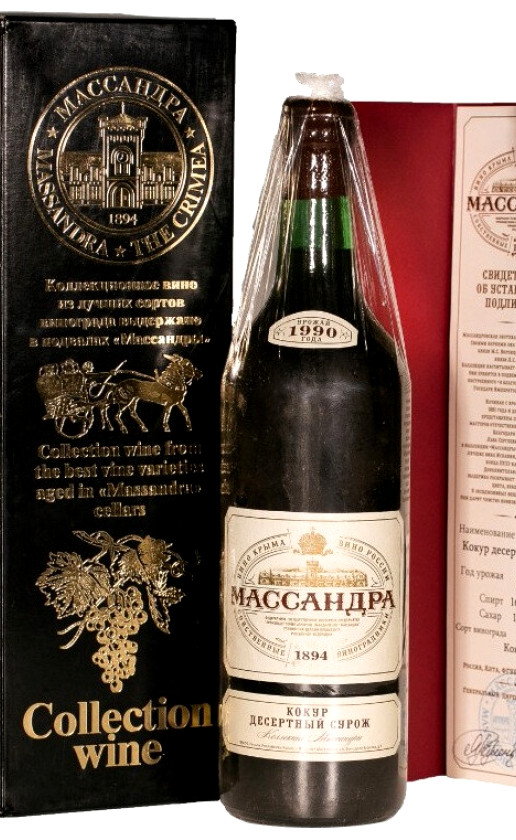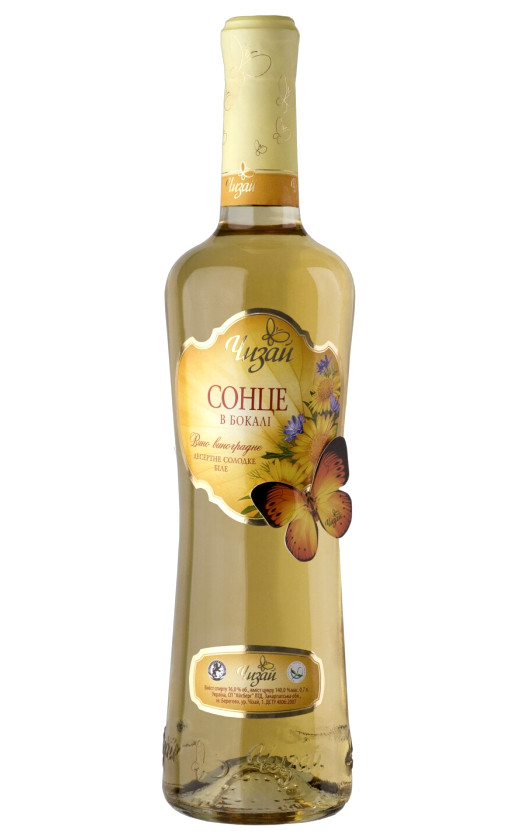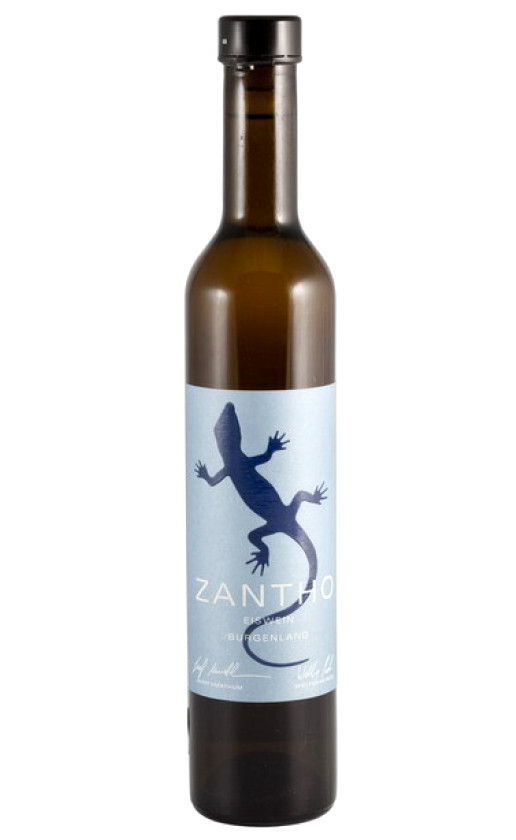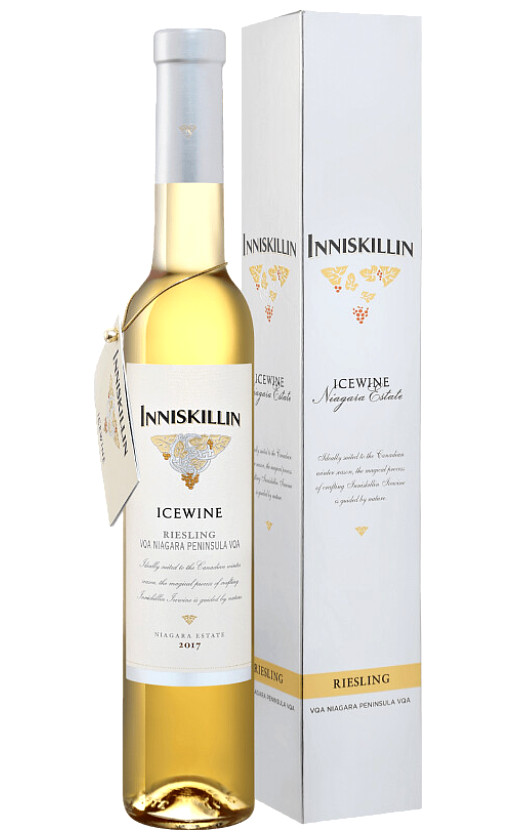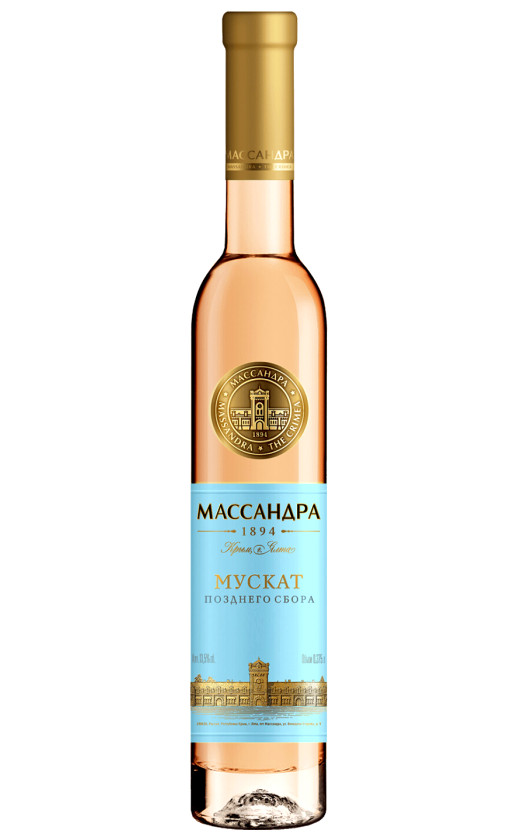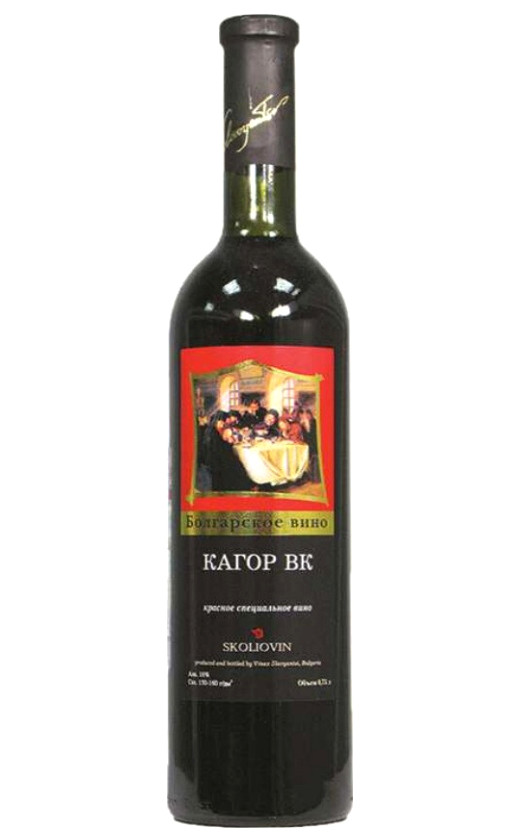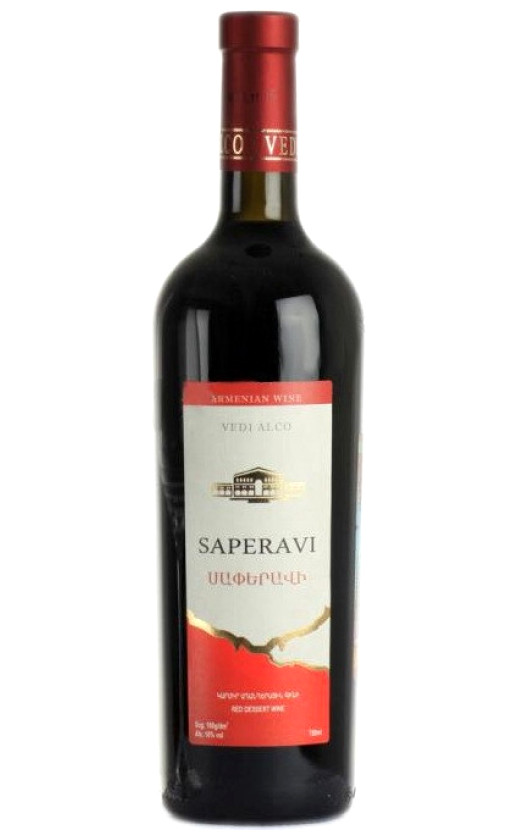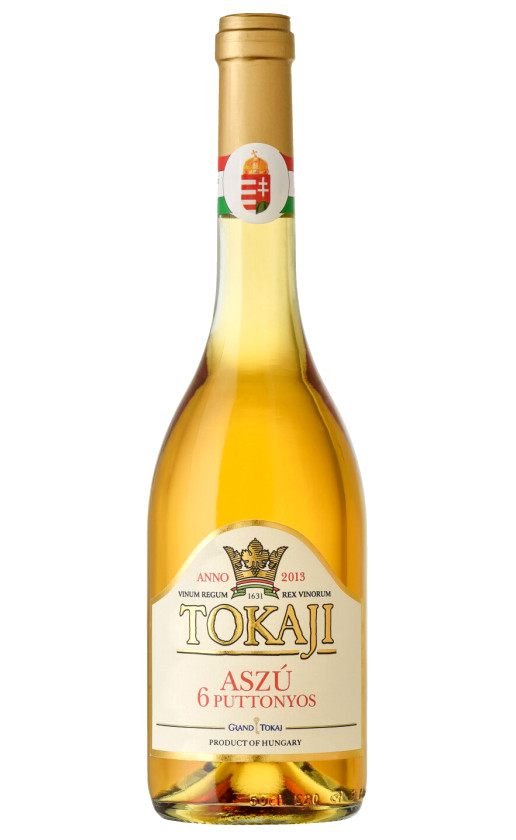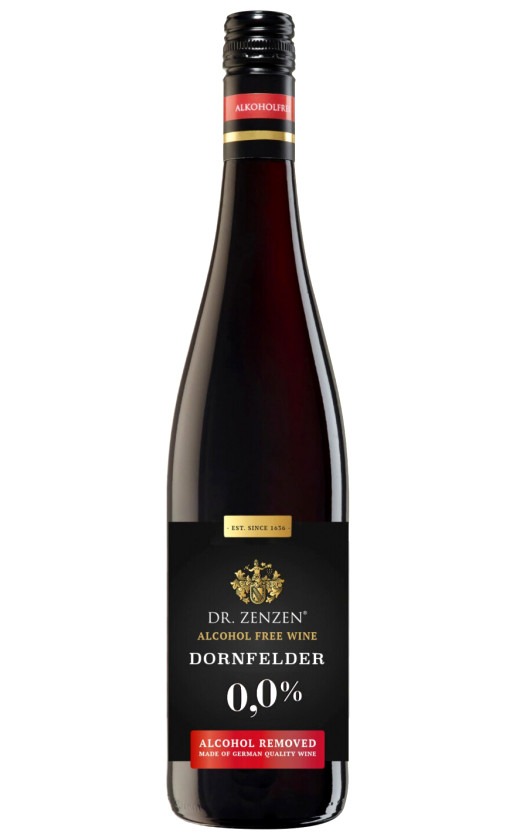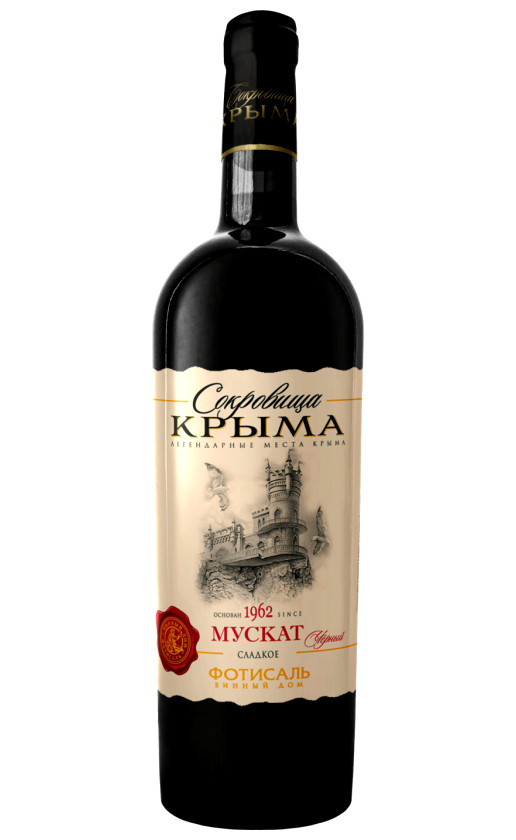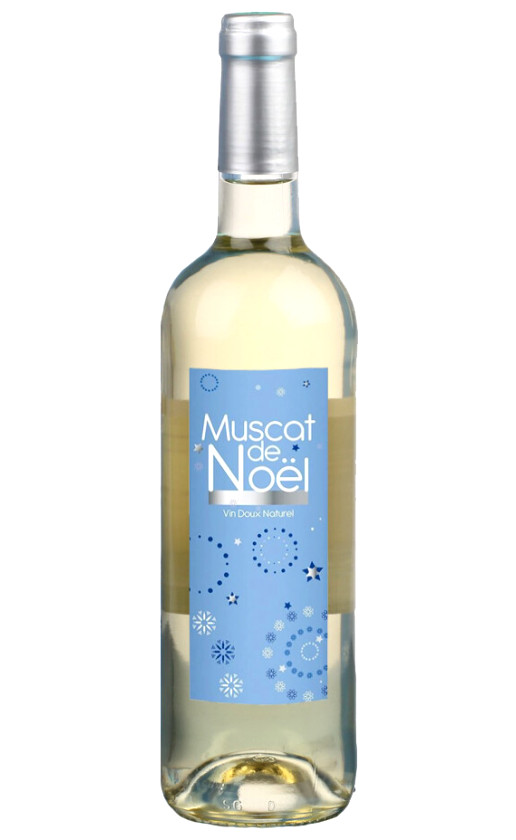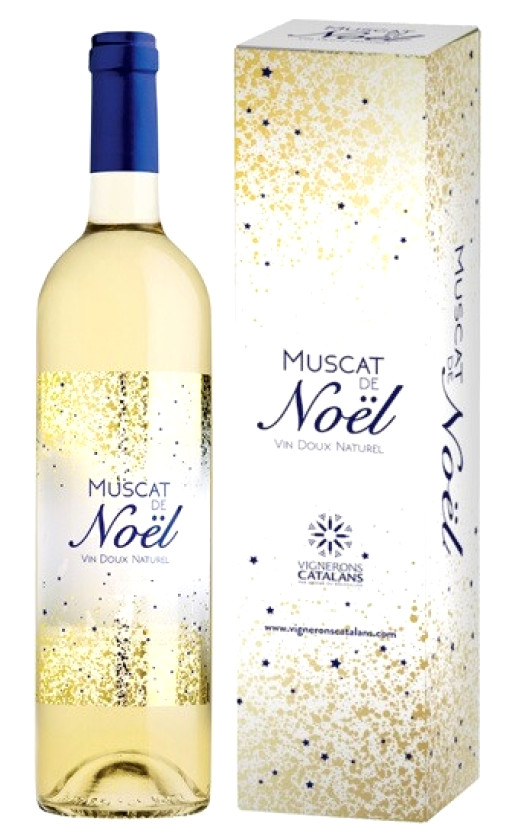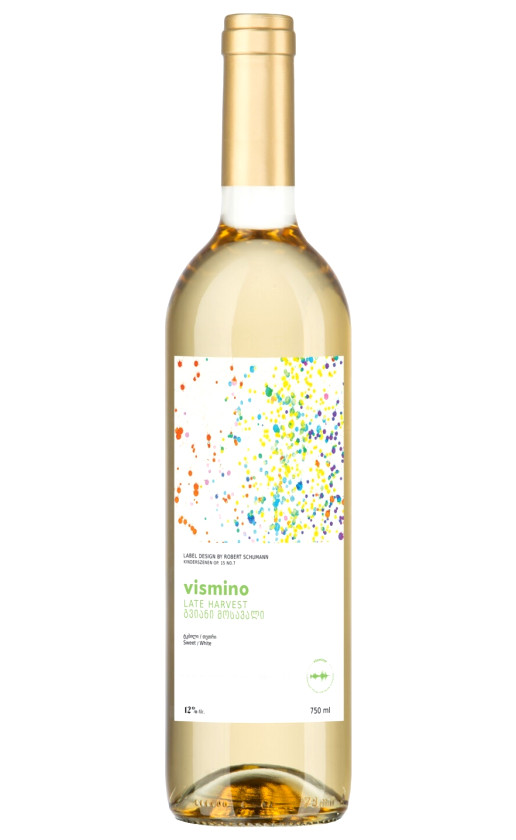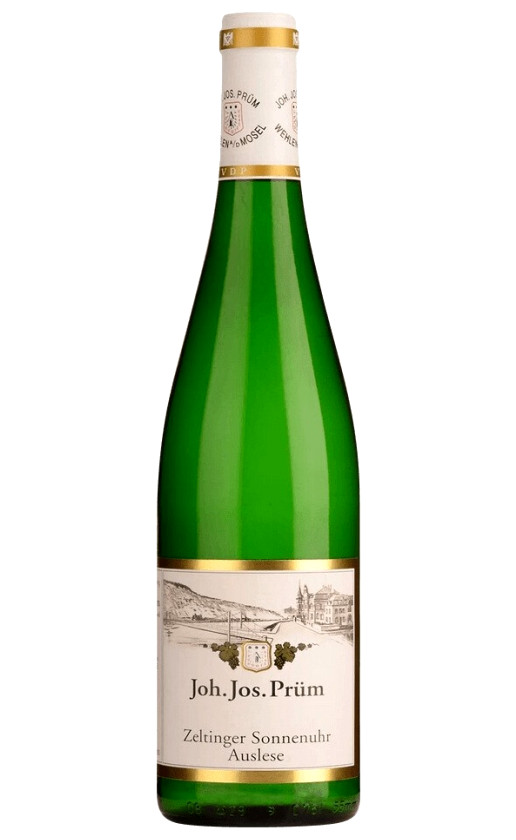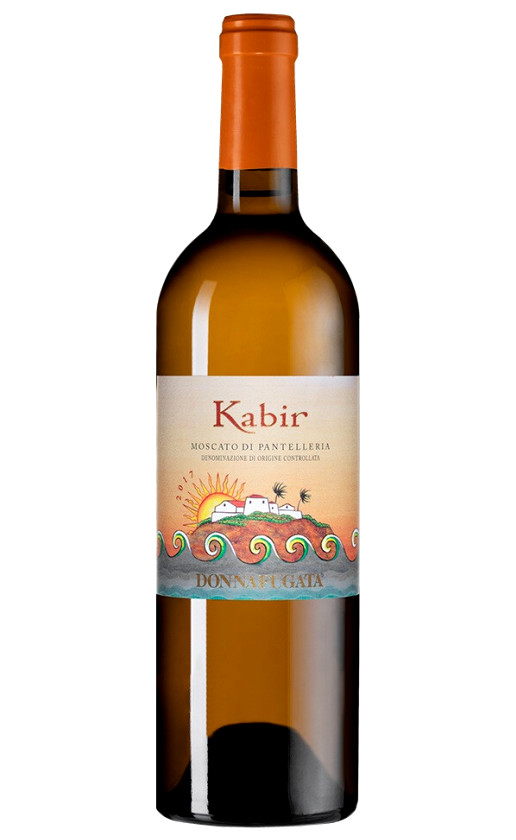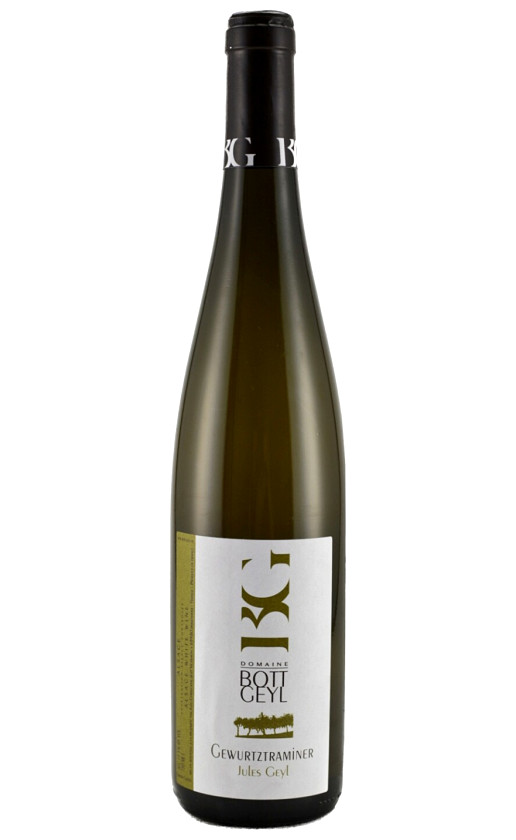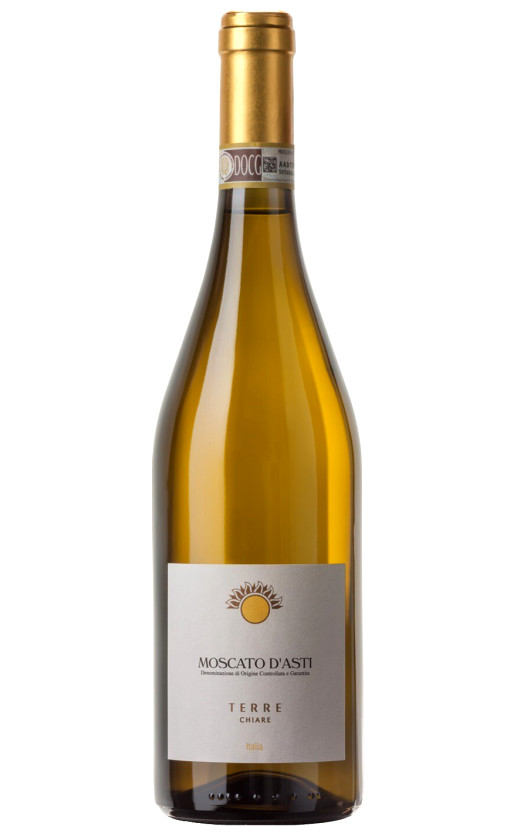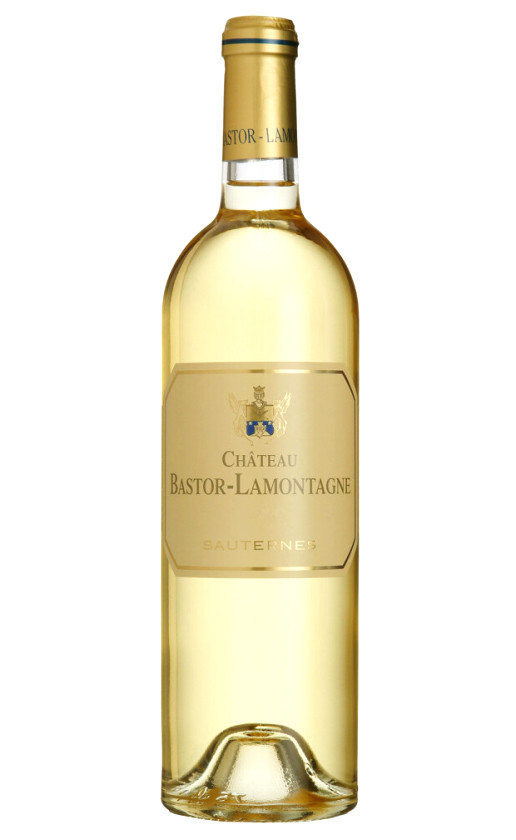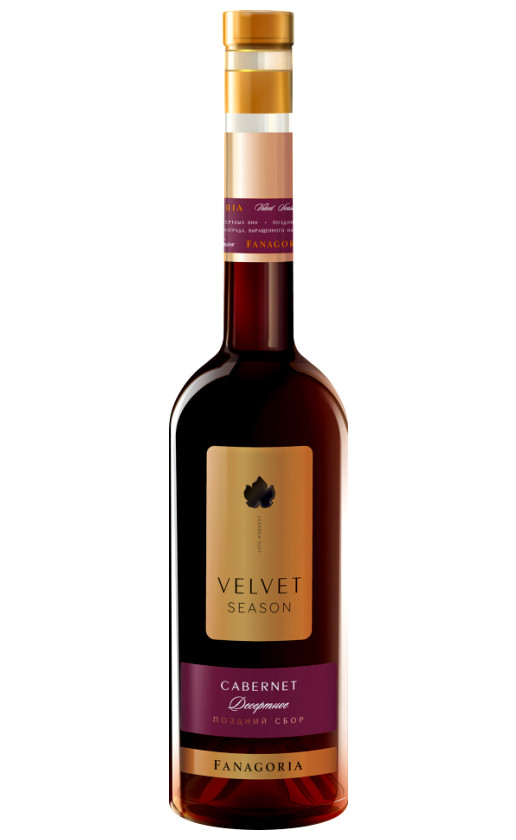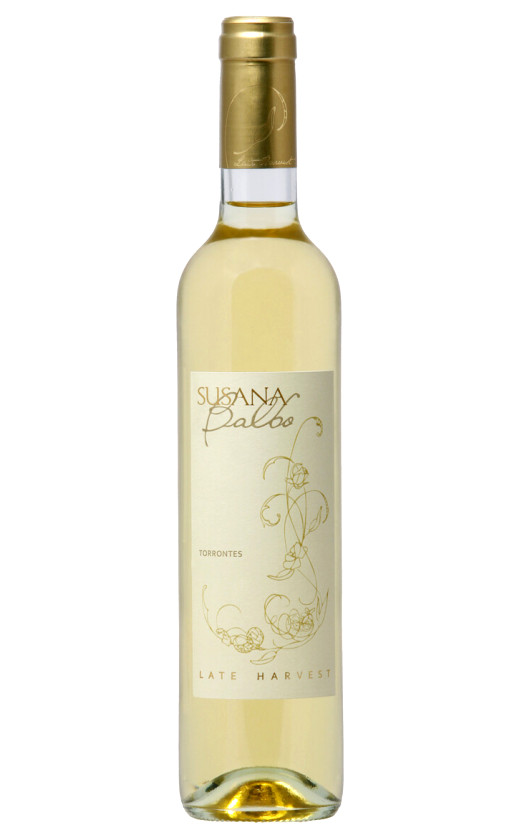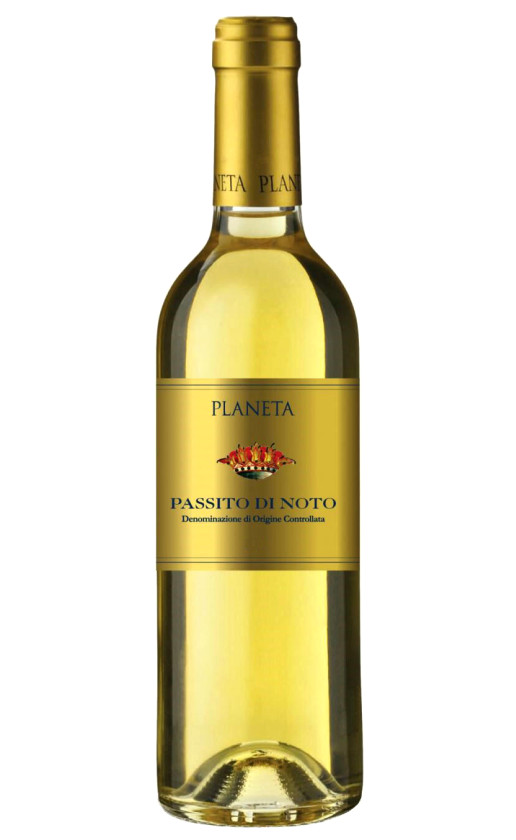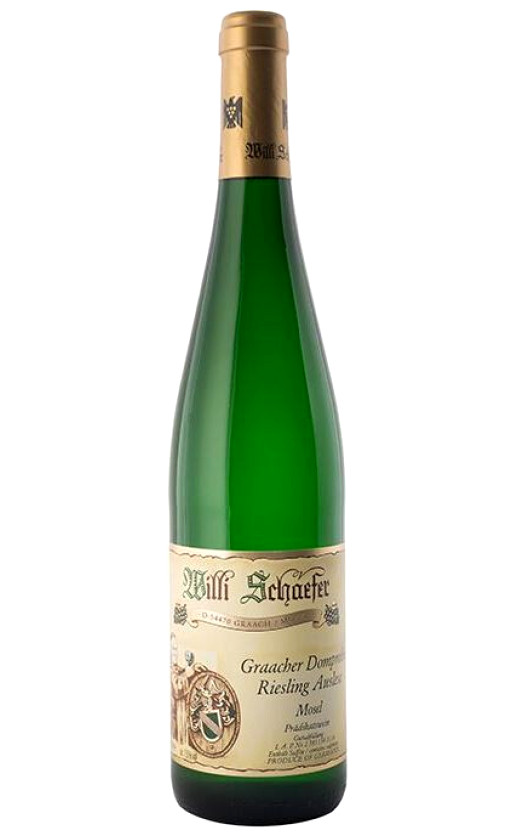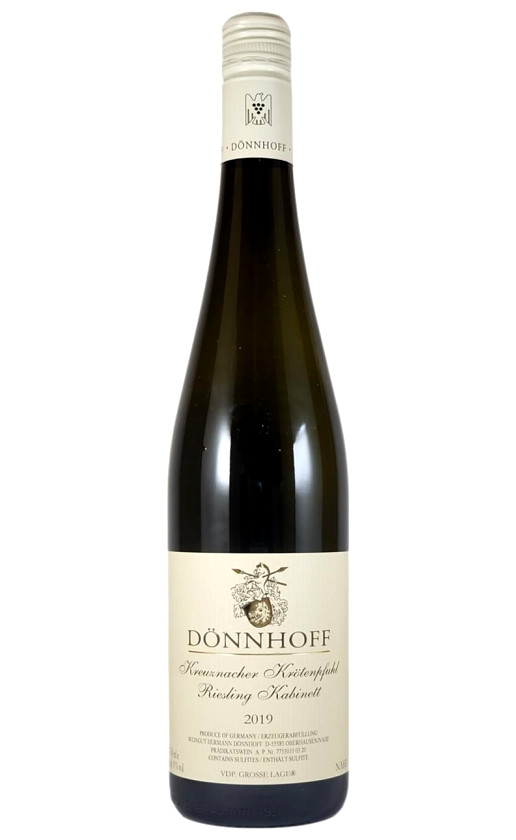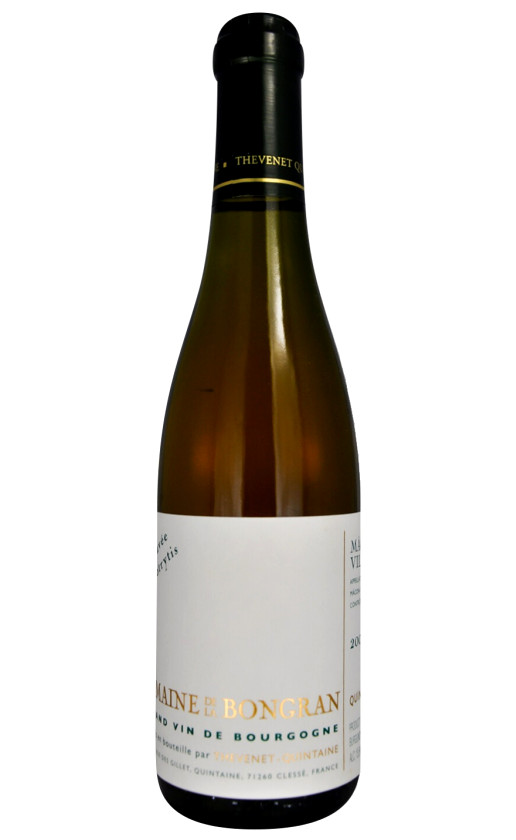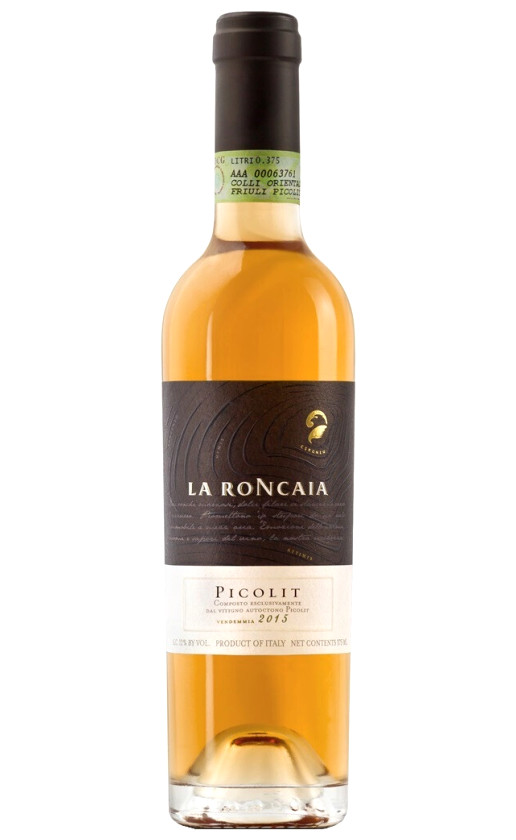Refine Search
Category
Sweet
Sweet Wines - the Most Different and Bold
Sweet wines have rich, bold, and varied flavors and aromas. There are both white and red sweet wines. They also vary in alcohol content, but mostly fortified products. The service Vi.Wine can help you choose and order different brands of wine at a reasonable price.How Wine Becomes Sweet
A product that is produced naturally from normal grapes can only be dry. For it to have enough sugar left in it, human intervention is necessary. For a sweet drink, the norm for sugar is more than 45 grams per liter. For this purpose, different technologies are used in production:- Forced fermentation stop;
- Use of grapes affected by noble mold;
- Processing of maximally ripe or overripe fruit;
- Use of dried or cured grapes;
- Production from frozen grape berries.
A Variety of Flavors of Sweet Wines
Sweet wines differ quite a lot in their aromatic characteristics. Port Wine has a berry, berry-chocolate, or spicy flavor with an aroma of burnt sugar. The aged port reveals notes of honey, dried fruit, and nuts. Madera has different interesting flavors:- Sweet citrus with molasses and smoky notes;
- Caramel-fruit aroma of wild flowers;
- Zest, nuts, and honey;
- Caramel, coffee, and dried fruit.
- Smell of nuts, notes of the sea, and chamomile;
- Sweet spices and nuts with slight sweet notes of caramel;
- Walnuts and crackers with a warm waxy flavor;
- A powerful bright smell of dark chocolate with prunes.
Together with Dessert - Serving Sweet Wine
Sweet wines are perfect with pastries and very rich desserts. They are also suitable for fruits and cheeses. Icewines, drinks made from frozen berries, will brighten up the flavor of ice cream. The flavors of drink and food should not compete. The sweeter or saltier the dish, the sweeter the wine should be selected. The acidity of the drink and the food should also be balanced. Spicy dishes emphasize the presence of alcohol, so it is better to buy a light wine of weak strength. Serve with small tulip-shaped glasses on a low stem. Correct serving temperature:- Muscats are cooled to 5-6°C;
- Wines of medium strength - up to 12-13°C;
- Strong do not cool down much.
